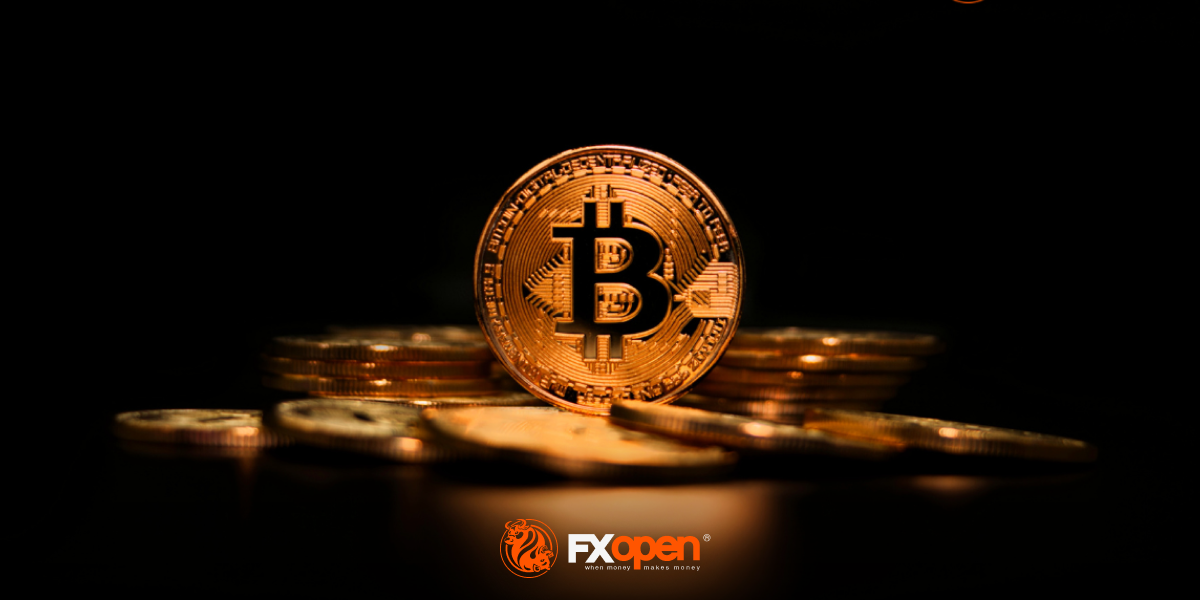FXOpen

It is very rare that any such volatility affects the stock of internet giant Amazon, especially over the past three years in which the company’s retail and commercial product delivery service rocketed in value and market penetration, during the government-instituted lockdowns which took place across many western countries in 2020.
Amazon became the de facto means of purchasing pretty much any product for any purpose across Europe and North America very suddenly, causing it to not only rocket to the top of the US stock market in terms of corporate value, but remain very steady in terms of value.
Volatility in such a well-capitalized, highly popular service with such massive market penetration, is rare. Even more so when considering that the parcel delivery service is just one division of the firm – it has almost a data monopoly within its Amazon Web Services division, which is the main provider of data reporting solutions between retail financial services firms and competent authorities, and a has major market share in hosted systems for company IT.
This much of a corporate linchpin in the everyday lives of so many is the reason why volatility is rare, however yesterday during the US trading session, Amazon stock decreased suddenly in value from $108.97 at 9.00am to 105.09 just two hours later.
That represents a sudden dip after a sustained period of steady growth.
It is possible that this could have been caused by an internal investigation which was launched by Amazon two days ago into allegations that products which had been ordered via the Amazon delivery service had been switched by Amazon for lesser value products before delivery.
These allegations took place in Britain, and whilst Amazon is a multinational corporation with operations in a huge number of countries globally, it is originally North American and its stock is listed on the New York Stock Exchange, therefore any adverse news would perhaps influence the entire company’s standing, not just one division.
This news came to light over the weekend, and as the trading week began yesterday, Amazon stock took a tumble.
The BBC was informed by a few disgruntled customers that high value items such as photographic equipment including camera lenses had been charged at their order value to customers, but then when the delivery was made, no such product arrived. Instead, low-value items such as balloons or cat food had been delivered.
It appears that the BBC has been storing up these stories from customers over a period of approximately two months, and had managed to publish an article in its news over the weekend claiming that approximately 40 customers had approached the news and broadcasting corporation to explain that low value items had been delivered in place of high value electronic goods with customers being charged for the high value goods they had originally ordered, and therefore managed to create some kind of stir.
In fact, it created enough of a stir for Amazon to respond by stating that it would make an investigation into this matter.
Whilst it is likely that this is simply an over-emphasized logistical error which can easily be rectified, rather than any form of premeditated attempt to dupe clients, any form of mass-market media coverage of this sensationalist nature can cause people to pay attention.
Clearly, the news was largely shrugged off as sensationalism over a potentially genuine system error, because Amazon has responded professionally, and the share prices have begun to rise again.
Even with this blip, Amazon stock is up 2.2% over the five-day moving average and is at its second highest point this month; the highest point being Friday last week before this rather unusual news story was released.
There is no doubt that Amazon stock remains strong and has been climbing steadily for some time. The sudden dip yesterday has really not amounted to much other than a few people reading a story which appears to sensationalize a genuine error.
This article represents FXOpen Companies’ opinion only, it should not be construed as an offer, solicitation, or recommendation with respect to FXOpen Companies’ products and services or as financial advice.
Buy and sell stocks of the world's biggest publicly-listed companies with CFDs on FXOpen’s trading platform. Open your FXOpen account now or learn more about trading share CFDs with FXOpen.
This article represents the opinion of the Companies operating under the FXOpen brand only. It is not to be construed as an offer, solicitation, or recommendation with respect to products and services provided by the Companies operating under the FXOpen brand, nor is it to be considered financial advice.
Stay ahead of the market!
Subscribe now to our mailing list and receive the latest market news and insights delivered directly to your inbox.









